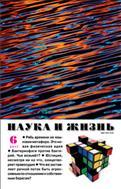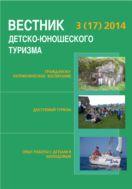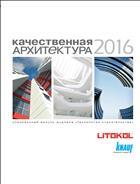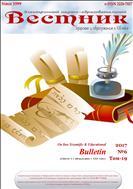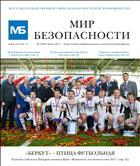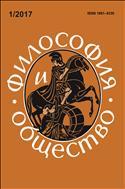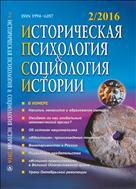134 Cs, 137 Cs, 40 K, 232 T , 226 Ra in bottom sediments of the Dvina Bay on the White Sea (the Suhoe Sea Gulf)134 Cs, 137 Cs, 40 K, 232 T , 226 Ra in bottom sediments of the Dvina Bay on the White Sea (the Suhoe Sea Gulf) 
The Suhoe Sea Gulf is a unique White Sea water body. Taking into account the risk of contamination of the White Sea with radionuclides as a result of the activities of the domestic and foreign nuclear industry and considering the plans to construct a deep-water part of the Arkhangelsk port on the Kuya River, the content and distribution patterns of natural and man-made radionuclides in the bottom sediments of the Suhoe Sea Gulf need to be studied. The specific activity of radionuclides was measured using a PROGRESS-2000 gamma spectrometer. Statistical processing of the data was performed using the STATISTICA (data analysis software system), version 10 software by StatSoft, Inc. (2011). The average specific activity of 226Ra, 232Th and 40K was 6.5 ± 1.4, 14.2 ± 4.3, 416 ± 89, accordingly. 134Cs and 137Cs were detected in 4 and 5 samples with a mean specific activity value of 3.3 ± 1.6 and 3.5 ± 1.1, respectively. The highest specific activity values of 40K are confined to the pelitic deposits. The main driving force in the processes of accumulation and redistribution of 232Th is gravitational water accumulation and mechanical transfer. The measured values of the specific activity of radionuclides do not exceed those previously determined by other authors in the bottom sediments of the White Sea. Correlation analysis showed a significant relationship between the content of 134Cs and 137Cs (0.77, p = 0.05), 232Th and 40K (0.67, p = 0.05) and 137Cs and 40K (0.84, p = 0.05). Factor analysis allowed two groups of radionuclides to be identified, their content being is determined by different processes: 134Cs, 137Cs, and 40K are jointly controlled by the most powerful factor (50%) and 232Th is affected by the weaker factor (29 %). Both factors are based on natural processes of radionuclide receipt and redistribution: the first factor reflects the ability of bottom sediments to adsorb 40K and isotopes of cesium, which are similar in chemical properties, and the second one reflects the natural process of removal by rivers of 232Th with terrigenous material. |










